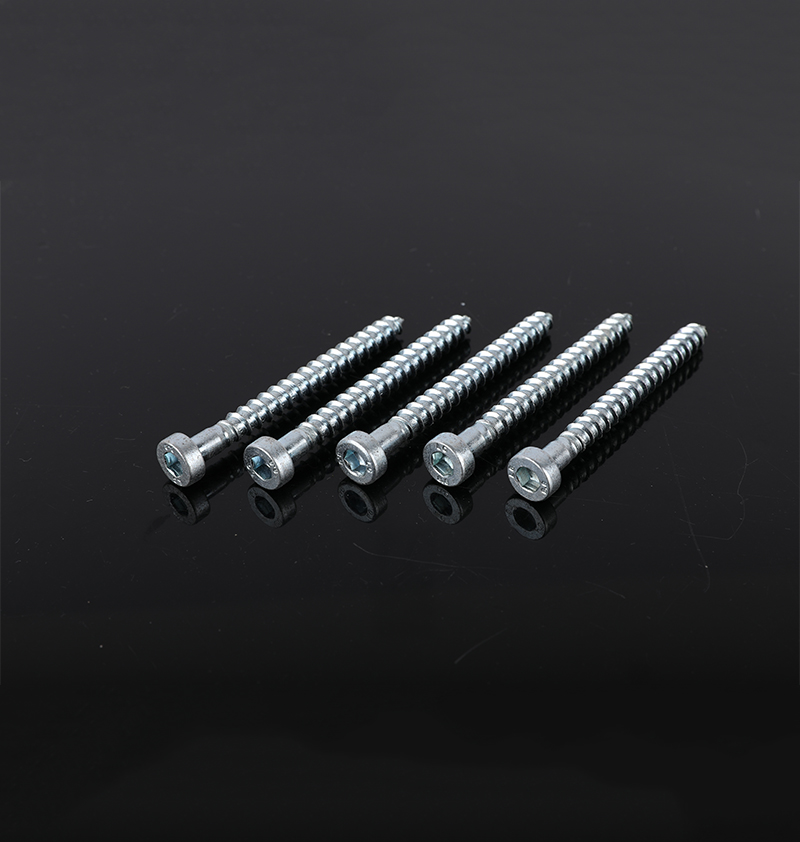

 Haiyan county, hangzhou city, zhejiang province China Square Head Wood Screw Manufacturers Square Head Wood Screw With Turning Suppliers
Haiyan county, hangzhou city, zhejiang province China Square Head Wood Screw Manufacturers Square Head Wood Screw With Turning Suppliers
1. The thickness of the fastened parts is greater than […]
1. The thickness of the fastened parts is greater than the thickness of the head of the countersunk screw. After the screw is tightened, some of the screw threads have not entered the threaded holes. In this case, the countersunk head screws must be able to be tightened.
2. The thickness of the fastened parts is less than the height of the head of the countersunk screw, which is common in mechanical equipment in sheet metal parts, such as the hinge of the cabinet and the combination of the door and the cabinet; the combination of the sheet metal cover of the equipment and the equipment and many more. Due to the small thickness of the parts, the screw holes of the fastened sheet metal parts completely become a conical hole. In this case, when the countersunk head screw is tightened, the head of the screw is not the tapered surface pressing the sheet metal part , But the bottom of the screw head is squeezed to the top of the threaded hole. Although the screw is tightened, the sheet metal part is stuck instead of being pressed. In this case, although the screw is tightened, the plate The gold pieces were indeed not tightened. This is a very common situation.
3. The head cone of the countersunk screw has a 90° cone angle, usually the top angle of the newly purchased drill bit is 118°-120°. Some workers who lack training do not know this parallax and often use 120° directly The drill bit is enlarged, which results in the countersunk head screw tightening, not the head conical surface, but a line at the bottom of the screw head. This is also one of the reasons why the so-called countersunk screw cannot be tightened.
